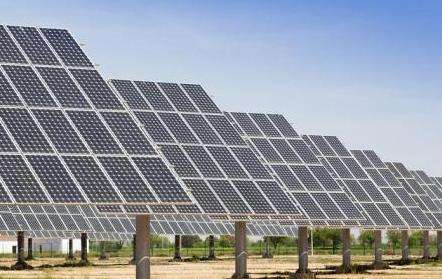(1) Civil construction part:
1. The box transformer foundation is complete and without cracks
2. clean, free of water and ventilated. The holes are smooth and there are no metal parts.
3. Rusty and well grounded.
(2) Cabinet part:
1. Check whether the box shell is corroded, deformed or has large gaps;
2. Check for leaks, water leaks or freezing in the box transformer;
3. The exterior of the boxed transformer must be kept clean and free of stickers, and the boxed transformer door locks must be intact and configured correctly.
4. The transformer housing is grounded and the nameplate is intact.
(3) High voltage part:
1. The name and number of the disconnector are not damaged.
2. The disconnector position indication is correct.
3. Sulfur hexafluoride switching gasis within the permitted range.
4. The joints of the elbow cables are in close contact and intact.
5. The surge protector is clean, intact and shows no discharge phenomenon.
6. The live indicator and short circuit fault indicator indicate correctly.
7. The high pressure chamber door is securely closed.
8. Holes for incoming and outgoing high voltage cables are well sealed.
(4) Transformer part:
1. Key points for inspecting dry-type transformers: Check the bottom and ends of insulators and windings for dust accumulation. If so, compressed air with a maximum pressure of 2 atmospheres should be used to blow away dust from ducts and ventilation surfaces. Touching is prohibited during operation inspection. During observation, you should pay attention to whether the parts de fastener are loose and hot, whether there are cracks, creepage paths and charring marks on the insulation surface of the winding and whether the sound is normal.














